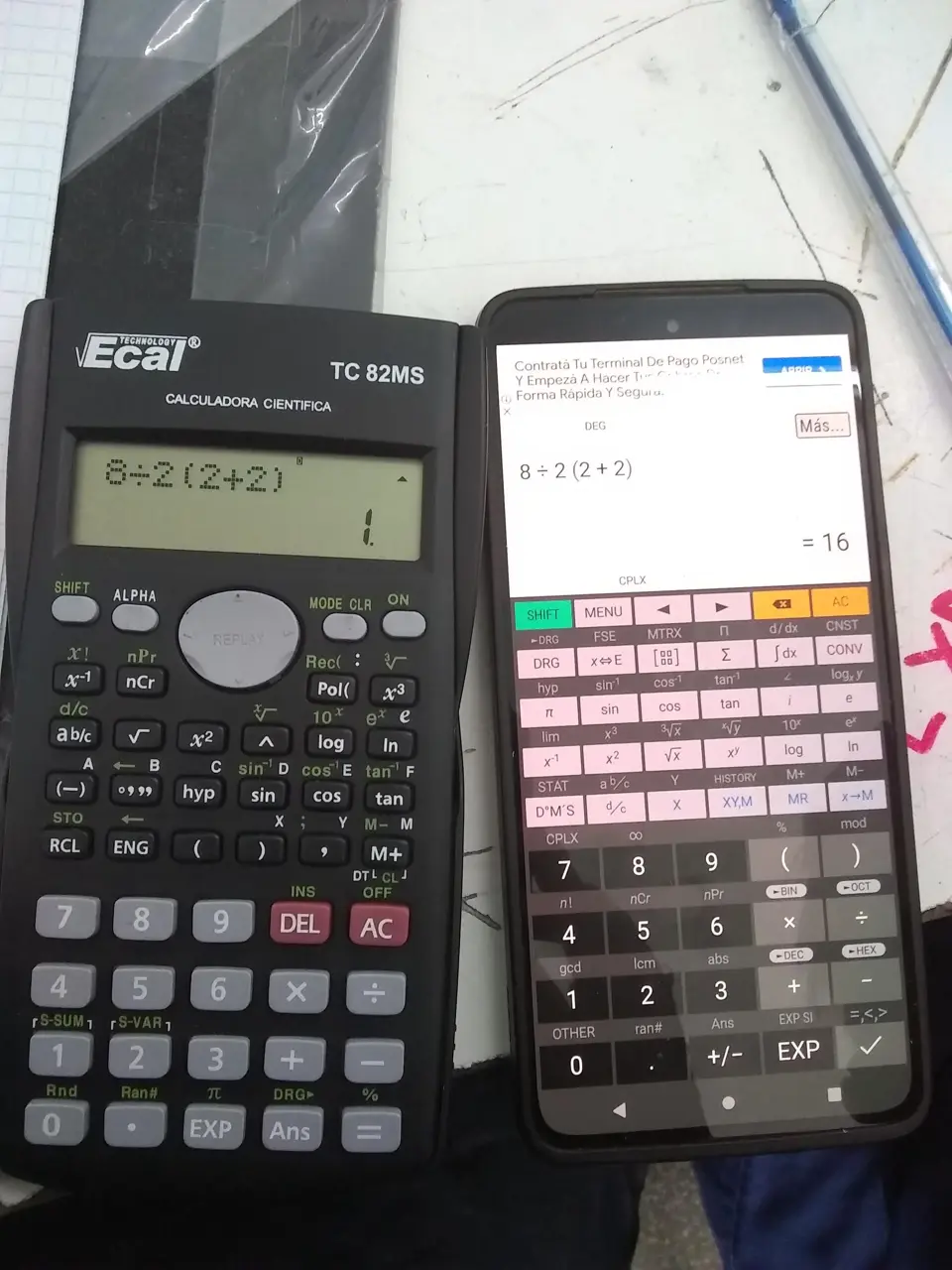this post was submitted on 03 Dec 2023
418 points (100.0% liked)
196
16244 readers
2080 users here now
Be sure to follow the rule before you head out.
Rule: You must post before you leave.
founded 1 year ago
MODERATORS
you are viewing a single comment's thread
view the rest of the comments
view the rest of the comments

No there is no clear right answer because it is ambiguous. You would never seen it written that way.
Does it mean A÷[(B)(C)] or A÷B*C
It means
I literally just explained this. The Parenthesis takes priority over multiplication and division outright.
No. It's ambiguous. In a math book or written by anyone that actually uses math, you don't have a "%"
You group stuff below the line, and you use parens and brackets to group things like (a + b) and (x)(y) so that it is not ambiguous.
2/xy would be almost always interpreted differently than 2/x(x+y) which is ambiguous and could mean (2/x)(x+y) or 2/[(x)(x+y)]
You continue to say it's ambiguous, but the most commonly used convention on earth very clearly prioritizes parenthesis. It is not ambiguous.